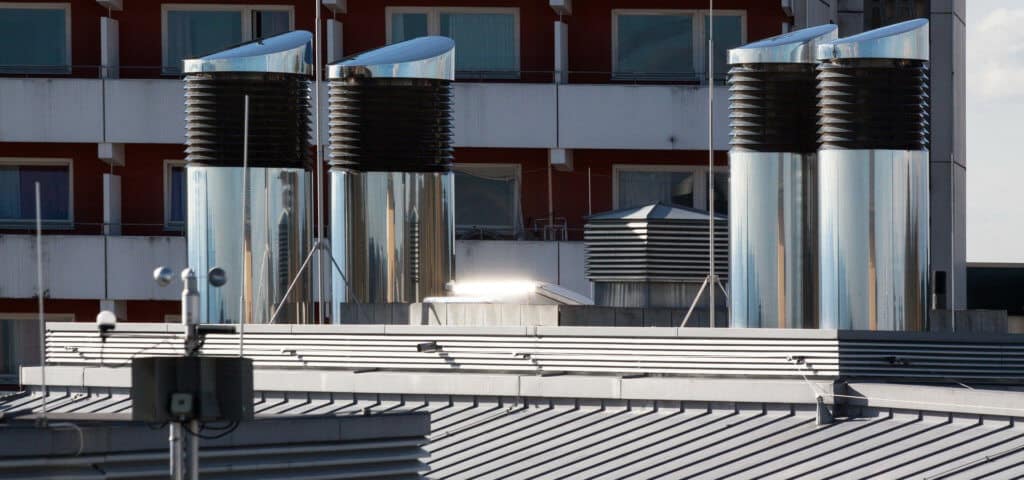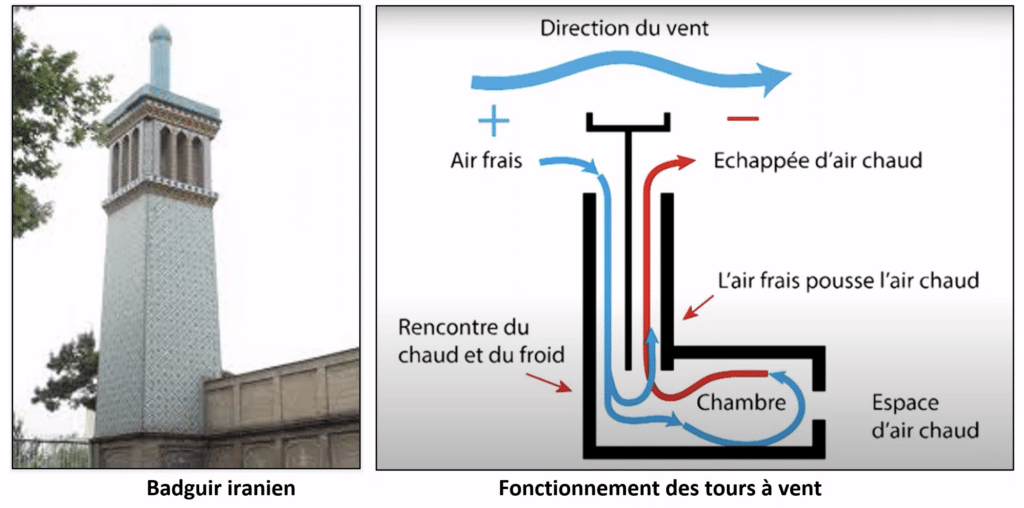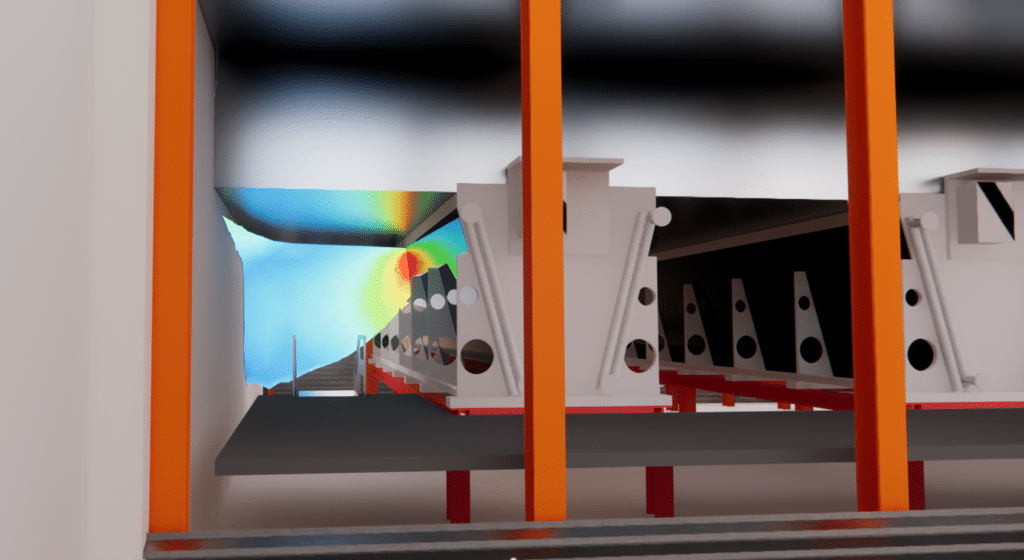Optimizing thermo-ventilation comfort
EOLIOS, the thermo aeraulic modeling of large volumes:
- Optimizing thermo-ventilation comfort
- Study of thermal stratification
- Air quality study
- Sizing HVAC Systems
- Failure scenario study
- HQE Target N°8 - CFD study
- Transient study of temperature rise
- Relative humidity, CO2
- Diffusion of trichloramine, Covid risk analysis
Continue navigation :
Our latest news :
Our projects :
Our areas of expertise :
Technical files :
CFD simulation of thermal comfort
The more complex a room is (large volume and height of the room, uneven arrangement of heat sources, high concentration of people, large glass surfaces, etc.), the less effective standard engineering techniques will prove to be in organizing an optimal air distribution scheme for space mixing.
The result is cold draughts in workplaces, the spread ofodours in dining rooms, obvious discomfort in shopping and entertainment complexes, the appearance of condensation on pool and atrium walls, overheating of upper atrium floors in summer, or significantly different temperatures in different parts of the auditorium depending on the influence of air-conditioning systems, and so on.
Offices
Hotels
Swimming pools
Shops
Conference rooms
Restaurants
Atriums
Theaters
Museums
Thermo-aerodynamic study of a theater
- Analysis and evaluation of design solutions for heating, ventilation and air conditioning systems. The result of the mathematical modeling of comfort is presented in the form of temperature distribution, air velocity, CO2 concentration, humidity in the whole volume of the room and the building.
- Development of adjustments to design solutions, that will provide the required values of the microclimate parameters in the room volume
- Study of the solutions in situations of breakdown, in critical periods (affluence, climate…) or in transitory transient scenario (evolution of variables over time) in order to consolidate the designs.
- Sizing of the systems production (hot, cold) and diffusion systems, audit of technical premises.
Indoor comfort modeling
Our international experience shows that numerical modelling of aerodynamics has a huge innovative potential for application in architectural and construction issues, we bring our expertise to climate engineering:
- Modeling of the microclimate of interior spaces
- Modeling of air distribution devices
- Study of indoor air quality, in relation to common pollutants and the risks of COVID-19 contamination
- Failure scenario study
- Study of comfort in extreme cases
- Design of systems for hypercontrolled environments (clean room, cold room, data center, museum, etc.).
CFD modeling allows to reproduce explicitly and precisely the physical process of air movement in the volume of a room. Therefore, CFD modeling allows a universal approach to determining microclimate parameters for any room configuration, for all heating, ventilation and air conditioning parameters, for all seasonal influences.
Thus, CFD modeling is a virtual simulation of a room or a building. For example, some parameters of heating, ventilation and air conditioning are defined as boundary conditions, and the distribution of the controlled parameters of the microclimate in the volume of the room is analyzed.
Why are EOLIOS CFD simulations different?
Our studies do not impose any fixed limit conditions outside the model. In this context, for example for the study of a glazing, the surface temperatures will be dependent on the various convective exchanges. In addition, this makes it possible to approach the real conditions of temperature distribution at any point in the room.
In practice, CFD simulations are performed in order to confirm that the calculated indoor environment meets the requirements. If the CFD modeling shows a value deviation from the required values, the design solutions are corrected to eliminate or limit the identified deviations. In this case, CFD modeling is compared and repeated until satisfactory results are obtained.
Climate control: on the same subject

Thermal draft effect
Find out more




